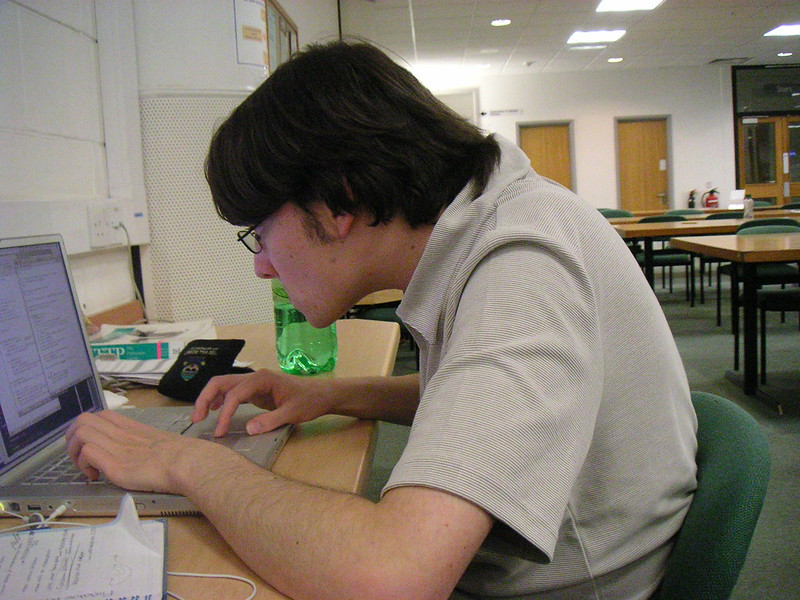It’s almost a given that at some point in you’re life you’ve addressed your posture, whether it’s by sitting up straight, seeking therapy or anything in between. It doesn’t take a mind reader to know that, as posture correction has actually grown into a multibillion dollar industry. Interestingly, given how widespread postural problems are, and how much relief one can get from addressing it, there is actually very little evidence in the research that implicates poor posture as a reason that we have pain or bodily distress.
Posture develops in utero and through infancy with the introduction of movement. It is our body’s way of accommodating to walking on two feet and balancing with gravity, it can also be strong indicator of our mood. Posture can mean a lot of things, and can refer to the stature of any body structure and the shape or position of how it’s maintained, but for the purpose of this article, posture refers to the general stature we assume during our work or down time.
There is a debate among practitioners over poor posture being detrimental to long term health, and still no clear consensus. The question still remains, despite there being no strong evidence, how did posture become such a large market?
There are some things that health care professionals do agree on when it comes to posture. There is a wide variety of what’s comfortable within the realm of good posture, and the concept of ‘perfect’ posture is now somewhat outdated. As well, changes in posture can indicate a lot more than pain because individual’s bodies can vary in spinal curves/shape, muscle tension, and usage. For example: an accountant will likely have a very different natural comfortable posture than a dancer. It’s all about how we use/abuse it.
READ: HAND WASHING OR SANITIZER? THE LATEST RESEARCH REVEALS BEST USE PRACTICES
Our muscles and joints were made to make us move and keep us moving, and there is strong evidence that when they stay in the same position for too long, we end up with pain, arthritis, and stiffness. There is no question that poor posture will wreak havoc on the body, creating the perfect environment for headaches, numbness, cold fingers/toes, aching, cramping and more, but there is some evidence that it’s not assuming the bad posture in the first place, but rather that we stay in these postures for a significant length of time with no break.
It’s not dangerous to bend your head forward to check your phone. It’s also OK to relax in your office chair, or curl up on the sofa to watch a movie, or take a nap sitting up with your head bent forward. In fact, these things on their own likely won’t do long term damage, and holding perfect posture can fatigue the body and cause pain the same way that poor posture can. The problem is the amount of time we’re spending in these postures and the frequency at which we’re doing them, which perhaps, some may suggest, makes the posture issue more of a lack of movement issue. Our body may be craving an ergonomic position, but it’s craving movement more.
In actuality, the discrepancy between the market and the evidence shows exactly that. If you look at posture correctors, including props, backrests, exercises, apps, and other devices and tech, you’ll notice they are actually aimed at minimizing frequency, duration, and introducing movement, not so much avoiding the posture in the first place. For example, a back rest on an office chair would not be necessary if people weren’t prone to spend eight hours in the chair, with no movement breaks or positional changes, and phone reminder apps are designed to remind the user to get up and introduce some new movement and positional changes to the day, thereby decreasing stiffness and future set ups for pain.
There is ample evidence available on how crucial movement is to our lives, which does lend itself to the posture problem. We’re not made to be statues, and that’s the key issue behind our posture related pains.
If you’re looking for ways to improve your posture, movement, or daily habits, it’s imperative to talk to a professional. Including someone in your care who understands the underlying issues is key to making improvements and avoiding band-aid solutions that address the symptoms but not the cause. Chiropractors and physiotherapists are great resources to get you out of your slump and reduce the pain, stiffness, and strain you’re putting on your muscles after a long day in your office chair.
